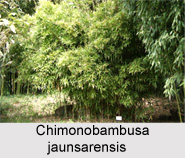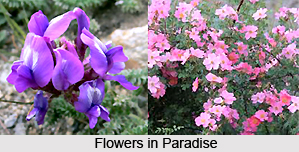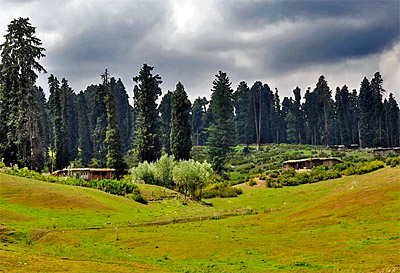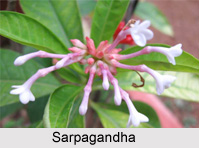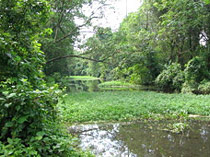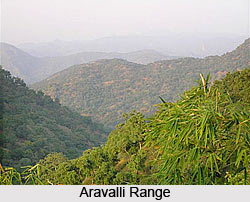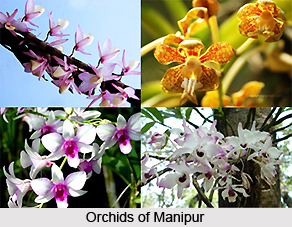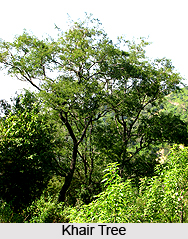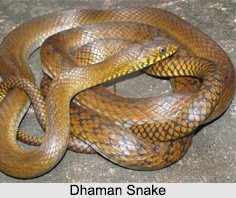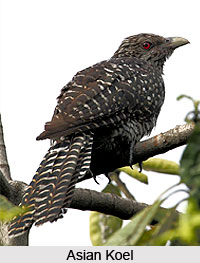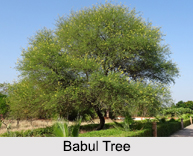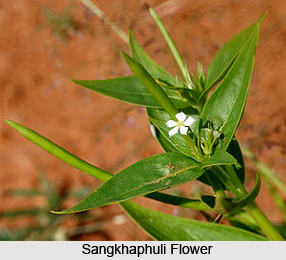 Sangkhaphuli is indigenous to India. This Indian medicinal plant is found from the western Himalayas through the Gangetic plain and Deccan peninsula to Sri Lanka. The plant is commonly grown as a weed in cultivated fields and pastures throughout most of the country to an altitude of 1100 metres. In Kannada Sangkhaphuli is known as Bili Kaasi Kanigalu, Vishakane-Gale Soppu; in Malayalam it is called Kapavila; Sanskrit: Sangkhi; Tamil: Kapa-Vila, Milagaipoondu and in Telugu Sangkhaphuli is recognised as Neru.
Sangkhaphuli is indigenous to India. This Indian medicinal plant is found from the western Himalayas through the Gangetic plain and Deccan peninsula to Sri Lanka. The plant is commonly grown as a weed in cultivated fields and pastures throughout most of the country to an altitude of 1100 metres. In Kannada Sangkhaphuli is known as Bili Kaasi Kanigalu, Vishakane-Gale Soppu; in Malayalam it is called Kapavila; Sanskrit: Sangkhi; Tamil: Kapa-Vila, Milagaipoondu and in Telugu Sangkhaphuli is recognised as Neru.
Sangkhaphuli possesses oncolytic (tumour-resolving) properties and a mixture of the dried plant is boiled in oil and used as a paste in the treatment of lumbago. In Ayurvedic practice, Sangkhaphuli is sometimes used as a substitute for Catheranthus roseus. However Sangkhaphuli is poisonous to cattle, causing temporary blindness and body rashes.
Sangkhaphuli, biologically known, as Catharanthus Pusillus is a common herb found in Northern India and particularly in West Bengal. This Indian medicinal plant is erect and much-branched. The Sangkhaphuli leaves are lanceolate, 2-7 cms long and 0.5-2 cms wide and apex acuminate. The petioles are 1.5-5 mm long, while the flowers are found solitary or in pairs. The corolla is white and the tube is usually 0.5-1 cm long. The lobes are half as long as the tube, apiculate at apices. The Sangkhaphuli fruits are small, divaricate, membranous follicles, in pairs with sub-cylindrical, black, ribbed seeds.
This article is a stub. You can enrich by adding more information to it. Send your Write Up to content@indianetzone.com
